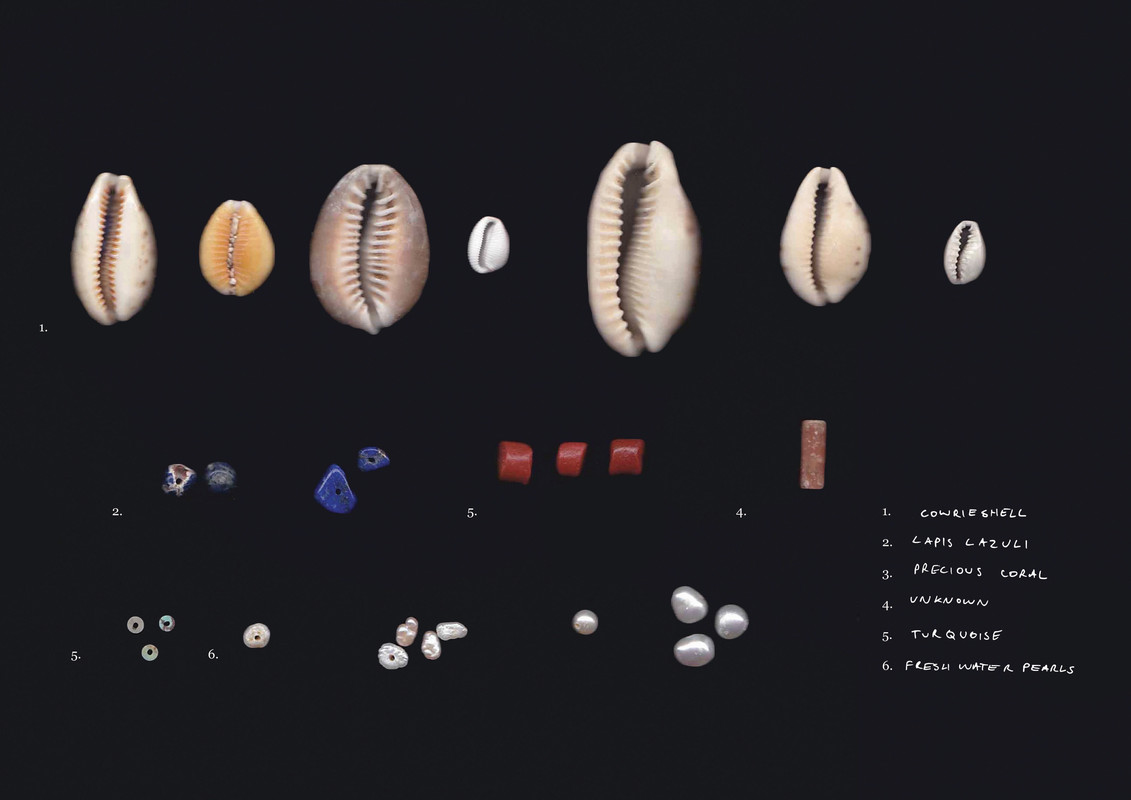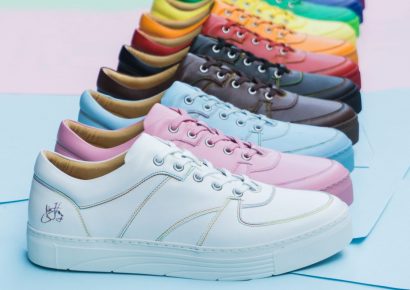Ryan Mueller uses sustainable and naturally sourced gemstones, metals, shells and pearls to create earrings, necklaces and bracelets.
In recent years, we’ve become more conscious than ever about how the clothes we buy impact the Earth. So many people are embracing op shops and second-hand storefronts like Depop or Poshmark as an alternative to fast fashion.
But as much as we talk about the skyrocketing plastic pollution of synthetic fabrics, or the amount of water it takes to make a single pair of jeans, there’s another contributor to global fashion emissions that many often fail to acknowledge.
Mining the precious metals and gemstones used in traditional jewellery requires a ton of energy. In 2012, CO2 emissions from diamond mining were equivalent to about 1.5 million cars on the road. The damage caused through mining materials is so extensive in certain locations that it can be seen from space.
Ryan Mueller, a design student based in North Melbourne, has considered these issues in his new independent jewellery line developed under the label Rascal Mueller. The line prioritises sustainability, ethicality and recyclability in its sourcing and construction of materials.
“I wanted to create jewellery that embodied and elevated the rawness of the minerals and materials I’m using.” He says. “It wouldn’t be responsible to exploit this natural beauty by turning a blind eye to other layers of unethical creation. I have to work in a way that is holistically responsible, where all facets of sustainability are considered.”
View this post on Instagram
All of the designs, which are decorated in assorted stones, gems and seashells, use raw brass as a foundation due to its antimicrobial and infinitely recyclable properties.
“Raw brass was chosen as the main metal element within my work due to its holistic impact on the Earth. It’s one of few metals that can be infinitely recycled. Each time brass is recycled it doesn’t lose any of its composition or strength and the recycling process of brass itself is also a less energy-intensive process to other typically recycled metals.”
Ryan says the designs are inspired by various Ancient Egyptian, Roman, African and Indian cultures, as this is where some of the earliest forms of beaded jewellery originated. He borrows materials such as lapis lazuli, red coral and turquoise, which have been commonly used in these cultures for thousands of years.
Themes of astronomy, mythology and other elements of ancient history permeate throughout the collection – all passions of Ryan’s. Other sources of inspiration hold more sentimental value; the family Addis embodies the Australian coast, with tones of blue and green seen in the lapis lazuli and turquoise mimicking the waters of the family’s namesake: Point Addis Beach, Victoria.
View this post on Instagram
His current catalogue includes 5 unique families of jewellery – Ra, Deimos, Lucens, Corralium and Addis, each containing a set of earrings, a necklace and a bracelet. Materials vary between each set, but they share a distinct aesthetic brought on by the nature of their construction.
“The pearls, stones and shells within my pieces are 100% recycled. Sourced, collected, reworked, recycled and reimagined into the pieces you see. By working via this process, I am completely cutting the origin markets of these products out of my brand’s lineage and therefore not influencing or supporting typically destructive markets.”
Extensive detail about the harvesting and construction of each material is displayed on the collection’s website. Ryan believes maintaining this transparency with consumers is fundamental when designing and distributing any product – not just jewellery.
“Sustainable has become much of a buzz word in the design world over previous years. With the use of such terminology must come transparency. Our moral choices are informed by transparency when making decisions within these spaces.”
Check out the full collection and read more about the project’s journey here!

